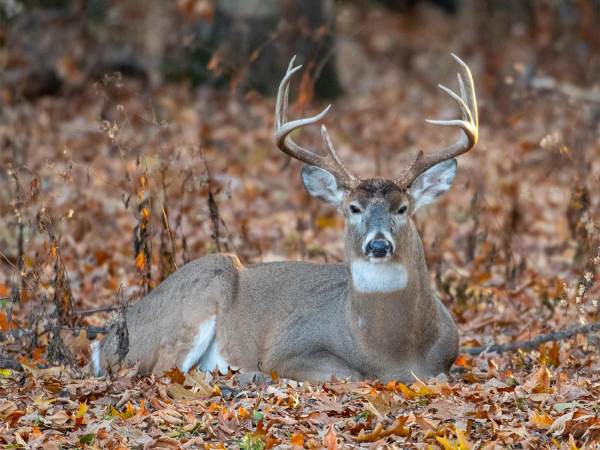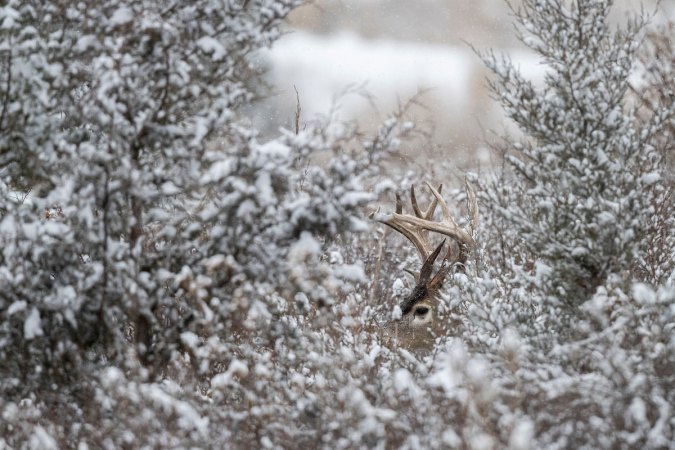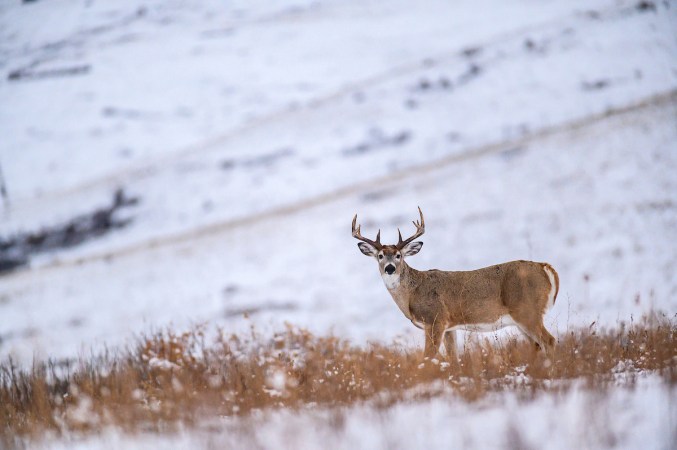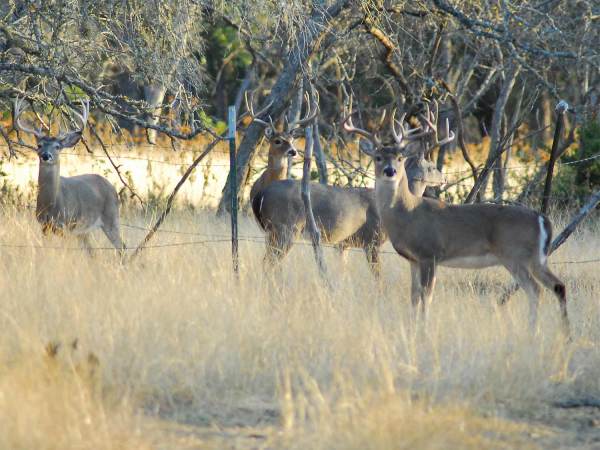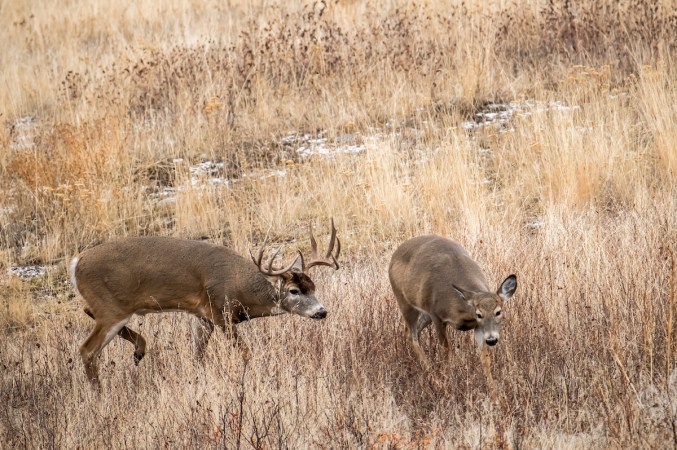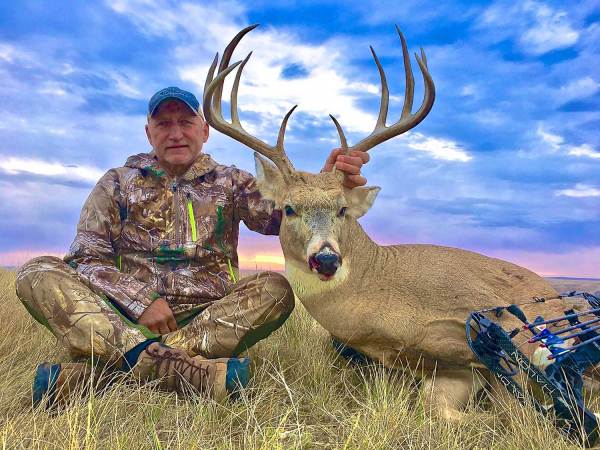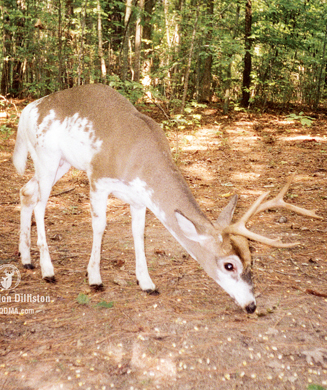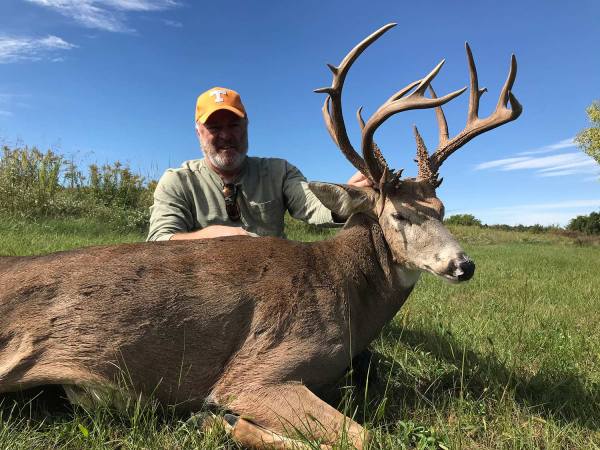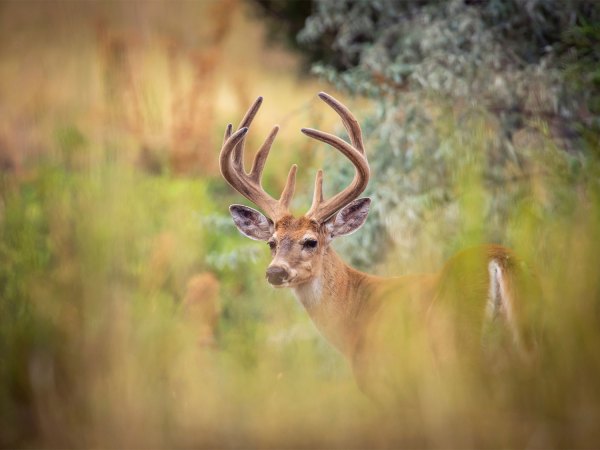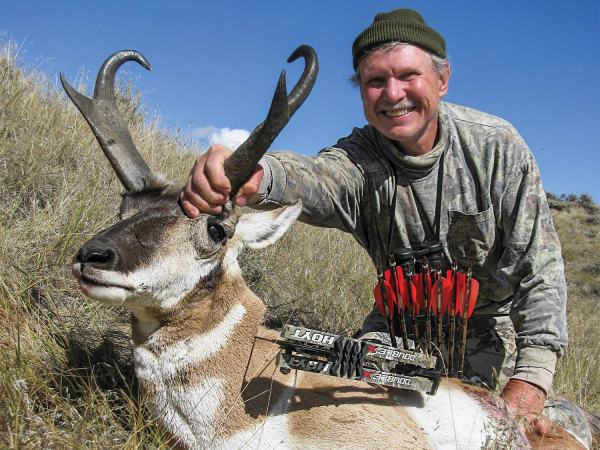So you think you know the very best time to hunt whitetails? Of course you do. It’s always best to hunt just after a major cold front. Except when it’s better to hunt just before one. And it’s always best to be in the woods just after a full moon, because that’s when deer will be on their feet. Unless you think they move better during a full moon. Or just before. Or perhaps you think the best movement days are those that feature a falling barometer. Unless, that is, you subscribe to the notion that deer move best on high-pressure days.
How about we do this: Let’s let science be our guide. It’s time to do a little myth-busting .
1. Myth: High Winds Limit Deer Movement
I hate hunting in the wind. I would rather spend a full day on stand in a driving rain than in two hours of high wind. Which is easy to do…because I’ve long subscribed to the old mantra that deer simply don’t move much when the winds are howling.
Well, research from Penn State University says I’ve been missing out on some prime deer movement. PSU researchers monitored about 1,700 total days of deer movement in October. The result? Wind did, in fact, impact deer movement. But not in the way you’d think. The deer moved more during daylight hours on days with winds above 10 miles an hour than they did on days with slower winds. At night, however, deer moved less when high winds were present.
2. Myth: Moon Phase Impacts Deer Movement

I realize this is a fairly broad statement but it’s also a pretty well-documented fact. Moon phase has little to no impact on deer movement. Period. This data also comes from Penn State and, in my view, is the final word on the whole lunar theory. Using GPS-collared whitetails, PSU researchers gathered two years worth of data and found absolutely no correlation between lunar phase and deer movement patterns or trends.
3. Myth: Bucks Will Roam Far and Wide During the Rut

The rut is, without question, one of the most highly anticipated portions of the fall hunting season. The reason: Well, if you believe conventional wisdom, it’s because bucks will run willy-nilly all over the landscape in search of a hot doe. The reality? Some might. Most won’t. Multiple studies, using GPS tracking, have confirmed that the majority of bucks stick to their core home ranges during the rut—and those core areas are pretty small (think 15-20 acres small). Of course, every buck is unique and some did indeed go on “excursions” well outside of their core areas. But, by and large, when the rut hits hard, bucks stick very close to home.
4. Myth: Older Bucks “Control” and Cover More Territory as They Age
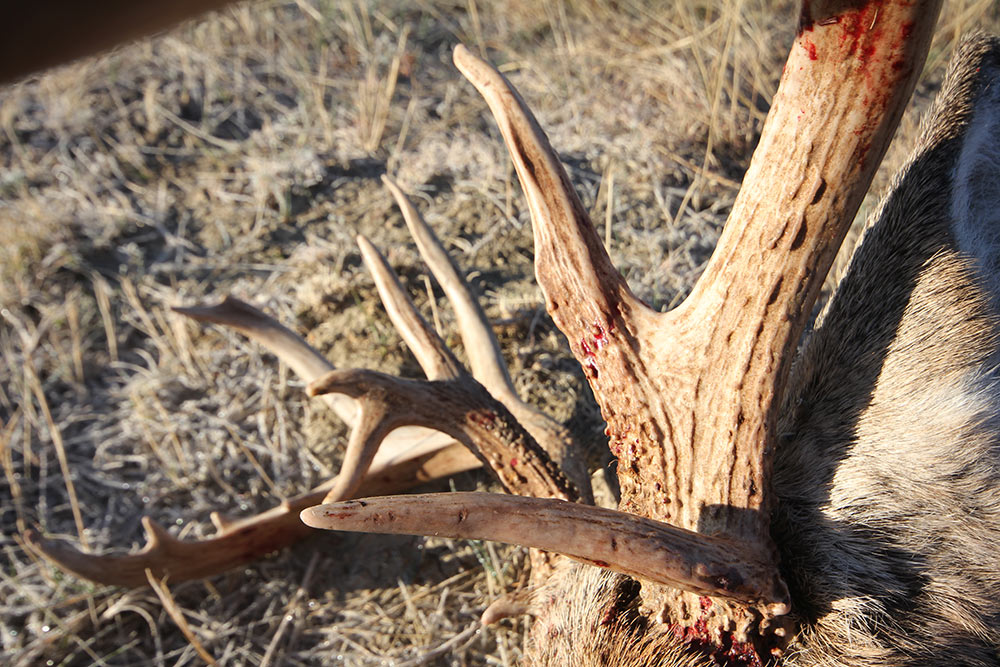
It does seem to make sense: As a buck becomes more and more dominant, he would lay claim to more and more turf. And, spend more time patrolling it. The data says otherwise. South Carolina researcher Clint McCoy performed a study on 37 different collared bucks in an effort to determine if age plays a role in a buck’s home range. The results? The smallest home range (60 to 90 acres) were held by yearling bucks. The largest home range covered 640 and 754 acres and were established by…yearling bucks. While it’s true some older bucks (4 years old or older) had home ranges covering about 500 acres, many had areas that were much smaller (as few as 108 acres).
5. Myth: The October Lull Is a Real Movement Killer
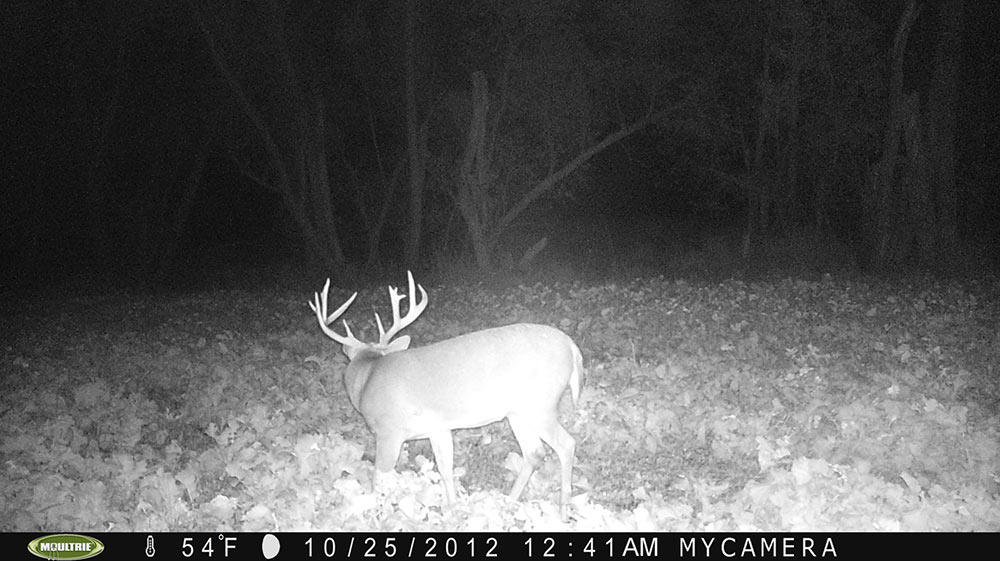
Nope. In fact, the opposite is true. Again, multiple studies using GPS-collared whitetails have thoroughly debunked this myth. Deer movement—virtually across the board—steadily and reliably increases throughout the month of October. There is no lull. There quite likely is a shift in movement locations based on changing food sources and increase hunting pressure, but there is no “lull” in movement.
6. Myth: Weather Makes Deer Move

This is a tough one. There is, indeed, research that indicates deer movement does increase during periods of temperature change. But, overall, weather does not play a significant long-term role in overall movement patterns. This is especially true as it applies to dusk/dawn movement. Deer will be most active in these time periods.—regardless of the weather. In other words, while you may see increased levels of movement during those prime hours on days when temperatures drop significantly, the greatest movement will still happen at dawn and dusk.
7. Myth: Hunting Pressure Will Get Deer Moving
That’s a falsehood as old as an upper Michigan deer camp. I heard this repeated often as a kid: You want to sit all day on the opener because all those hunters out and about will have deer up and moving. That may be the case if a hunter happens to bump a deer from its bed. But an Auburn University study showed that hunting pressure does not get deer on their feet…and if it does, it has them moving in places hunters aren’t. That study showed that after just 12 hours of hunting pressure, bucks were a whopping 50 percent less likely to move in daylight hours in an area where they had felt any hunting pressure.
8. Myth: Deer Move More (or Less) During Rain
Here’s another bit of research from Penn State. The results of this study indicate rain has absolutely no impact on deer movement…unless you’re talking about bucks.
Interestingly, the study found almost no impact on the movement patterns of does during periods of rain. But bucks moved considerably less. This study was conducted during the month of October though, so it’s entirely possible that the results would have been quite different in November.
9. Myth: Rut Movement Slows When Its Warm

This is another myth that while, technically untrue, might be accurate in some ways. Study after study has shown that the rut will occur at nearly the same time each year. This is proven by the date of spring fawning periods. Backdate from when fawns drop and you have the date of conception and that date occurs at the same time each year—regardless of weather or moon phase. But breeding can happen under cover of darkness just as easily as it can happen in daylight. And when daytime temperatures soar, it’s likely much of the frenzied rut activity we live for still happens—it just happens at night when we aren’t there to see it.
10. Myth: Public-Land Deer Flock to Private Land During Deer Season

No, they don’t. Another study from Penn State University found that whitetails living on public lands didn’t flee to unhunted (or hunted) private lands. Instead, they simply relocated to public areas that were harder for hunters to access and, thus, delivering less hunting pressure. And how far off the road were those areas? Not far. The study showed that the majority of public land hunters chose locations within one third of a mile from where they parked. Walk a bit further (better yet, walk a bit further and uphill) and you’ll likely find public-land whitetails still willing to roam a bit during daylight.
More Research on Deer Movement
The National Deer Association convention never fails to provide attendees–and the whitetail-hunting world––with cutting-edge research information on America’s No. 1 game animal. This past June’s gathering did not fail to deliver.
One especially intriguing seminar was delivered by the NDA’s Matt Ross and entitled “Mature Buck Movements: Groundbreaking Research.” In it, Ross compiled all the GPS-based whitetail research from the past 15 years to draw conclusions on home ranges and daily movements of bucks between the ages of 2.5 and 7.5 years old. Here’s some of what we found to be the most fascinating:
1. Bucks Are Individuals
Every buck is different. Numerous studies have shown that a buck’s home range size is highly variable and is not strongly correlated to age, daily movements or any number of other factors. Mature bucks are not clones of one another, and many display more individualistic behavior than what was previously thought. We can no longer say, “The older a buck gets the bigger his home range.”
That is simply not true. In fact, if anything their home range shrinks as they age. Like people, it appears that some bucks tend to be homebodies and have relatively small home ranges, and some bucks are travelers with expansive home ranges. Some are on their feet and move a lot during a 24-hour period, and some don’t. These traits are found in all age classes and are maintained by the individual buck throughout his life.
2. Deer Move Most at Dawn and Dusk––End of Story
Like taxes and death, you can count on two things when talking about mature bucks: they move most at dawn and dusk, and during the rut. Deer are crepuscular. It’s built into their DNA. It doesn’t matter what month of the year you are talking about, pretty much every study out there shows that the time of day bucks are most active is at sunrise and sunset.
Can you kill a mature buck during the middle of the day? Sure. But if you want to hedge your bet, be in a stand during those magic hours. And the time of year they are most active is…? You guessed it, the breeding season. Keep these things in mind when trying to predict when that buck you’re after will be on his feet.
3. Home Range Can Shift and grow Seasonally with Outside Influences
Even though a mature buck lives within what biologists call a “home range,” where he is located 90 to 95 percent of the time during the calendar year, researchers have found that a variety of factors (food, cover, etc.) can greatly influence where that buck may be within that home range during different seasons, and his home range likely expands during the rut. They also found that the intensity of use of that home range increases from summer into fall, and apparently it is not random.
Research from Texas recently showed that mature bucks only used 30 percent of their home range during the rut, had two or more points of activity that they focused on, and they re-visited these locations roughly every 20 to 28 hours. What’s more, these same sites were targeted by numerous other collared bucks, possibly supporting the theory that bucks space their visits to doe groups to continually assess female receptiveness.



